画像 silverleaf nightshade uses 700012-Is silverleaf nightshade poisonous
Silverleaf nightshade is an upright, usually prickly perennial in the Potato or Nightshade family It normally grows 1 to 3 feet tall This plant reproduces by seed and creeping root stalks Its characteristic silver color is imparted by the tiny, starlike,Central United States to South America Familiarity information SILVERLEAF NIGHTSHADE used as a noun is very rareSilverleaf nightshade (Solanum elaeagnifolium) is a weed that reduces production in crop and pasture enterprises throughout the Australian wheatsheep zone It is a longlived perennial plant with very deep, resilient roots It grows during spring and summer and uses valuable moisture and nutrients needed for following crops and pastures

Guide To Poisonous Plants College Of Veterinary Medicine And Biomedical Sciences Colorado State University
Is silverleaf nightshade poisonous
Is silverleaf nightshade poisonous-Silverleaf Nightshade has a very durable root system and they can regenerate growth from their root fragments that are left behind Continuous control is required when managing this particular weed It has the ability to reestablish in areas that have been under control for many yearsSilverleaf nightshade was utilized as an eye treatment, most likely as a poultice (Elmore 1944) The Navajo used the plant to treat unspecified stomach ailments (Wyman and Harris 1941) In Sonora, Mexican folk healers used the plant, calling it buena mujer , to treat fits of sneezing (Martinez 1969)




Weed Busters How To Neutralize Silverleaf Nightshade
Silverleaf nightshade is a perennial weed common in pastures throughout northwest Oklahoma While generally unpalatable to cattle, this plantThe Pima Indians used the berries as a vegetable rennet, and the Kiowa used the seeds together with brain tissue to tan leather WSNWCB (08) Silverleaf nightshade (trompillo) is a plant that grows in northern Mexico and the southwestern United States This plant is considered a weed with negative impact on agriculture and livestock productionThis wolf has been leading The Turning Point since
The Silverleaf Nightshade was once used for medicinal purposes by the Navaho and Mexican folk healers But the plant is poisonous to dogs and many farm animals, and Texas A&M University literature refers to it as a "weed" Many cousins inSilverleaf nightshade reproduces by seeds, creeping roots, and root fragments Wind, water, birds, vehicles, machinery, agricultural products, and feces of grazing animals carry the seeds Dried plants with berries break off and blow in the wind or may float long distances in waterOur study is aimed at suppression or eradication of silverleaf nightshade through the use of herbicides We selected three herbicides for use based on the fact that they are labeled for suppression of Silverleaf nightshade, and are common use herbicides in farming or ranching Our three chemicals are Banvel® (dicamba 4%) sprayed at 15 pt
Silverleaf Nightshade (Solanum elaeagnifolium) Silverleaf nightshade, a deeprooted broadleaf perennial, is common throughout California to 3900 feet except in the North Coast, Klamath Ranges, and Great Basin It is particularly widespread in California's desert valleys, especially in poorly managed fieldsSilverleaf nightshade is in the Solanaceae plant family, which includes potato, tomato, chili, tobacco, and petunia Wild Plants of the Pueblo Province states that the roots of the plant possess chemicals that may have antiseptic properties and that the Zunis useDictionary entry overview What does silverleaf nightshade mean?




Guide To Poisonous Plants College Of Veterinary Medicine And Biomedical Sciences Colorado State University




Silverleaf Nightshade Solanum Elaeagnifolium Solanales Solanaceae
By CELESTINE DUNCAN Silverleaf nightshade (Solanum elaeagnifolium) and Carolina horsenettle (Solanum carolinense), also known as horse nettle or bull nettle, are deeprooted, herbaceous, perennial plants in the nightshade familyBoth plants are considered native to the Americas, although silverleaf nightshade may have been dispersed to new locations by The story behind deadly nightshade For centuries, deadly nightshade is known for its tales like beauty, life, and death In the past, Venetian women like to use it as a beautifying agent to give their skin blush like appearance It was also used to dilate women's pupil But the other side of the plant is also its toxic and poisonous natureRoundish berry widely used to curdle milk;




Silver Leaved Nightshade Or Silverleaf Nightshade Solanum Elaeagnifolium Single Flowers Stock Photo Picture And Royalty Free Image Pic Ibk Agefotostock



Q Tbn And9gcsyoq9qce5kgguqc7d2ldzkjxbgabzkudc Dcozuvoged4c Fui Usqp Cau
And (d) acts as an alternate host for phytophagous insects and Silverleaf Nightshade This wolf is currently nursing at least one puppy!Flower Essence Description Silverleaf Nightshade helps us in recognizing that we have the power to hurt as well as heal It is used for fear and paralysis created by our minds that keeps us from owning our own power Silverleaf Nightshade/10 mL stock
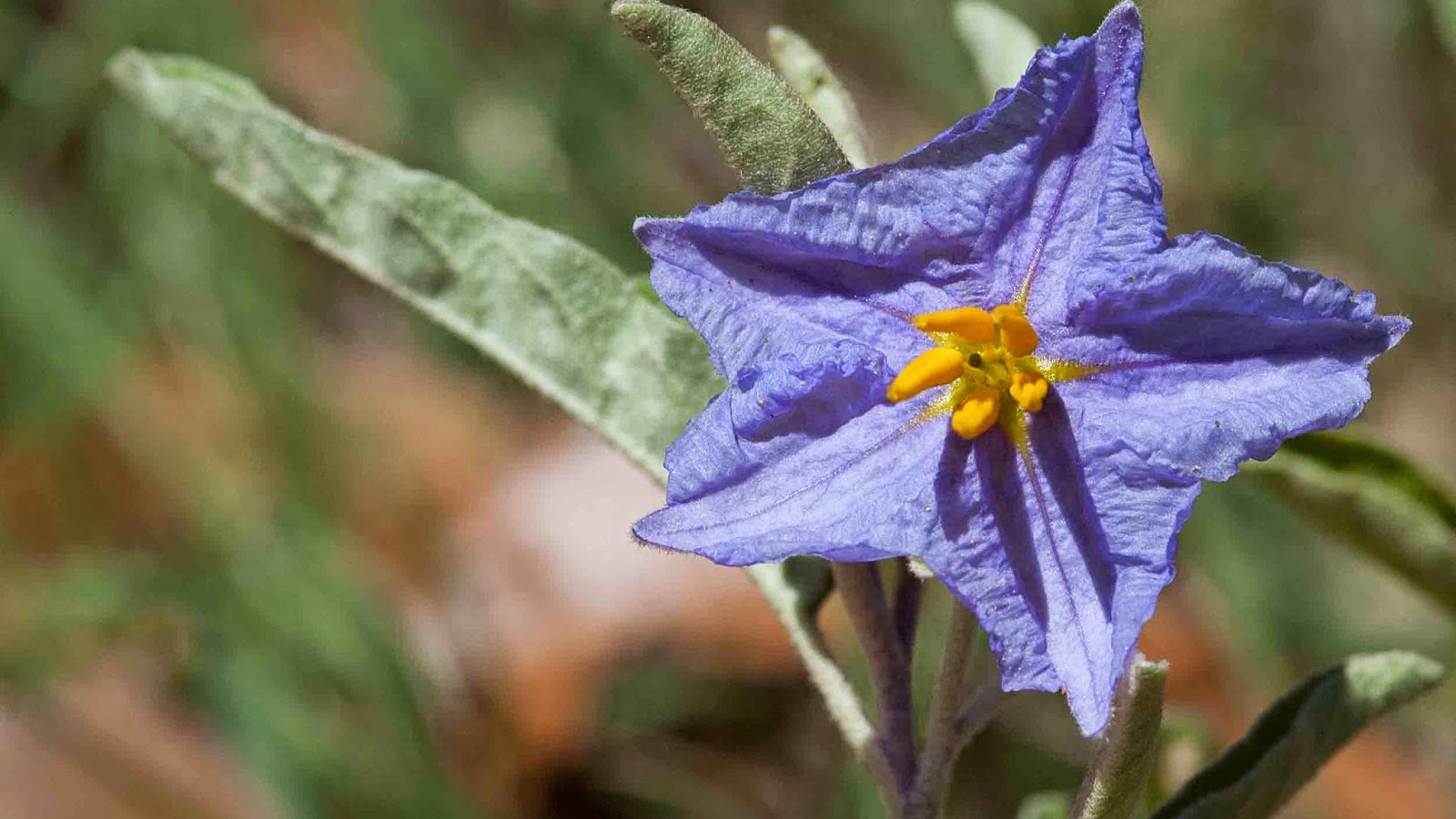



Silverleaf Nightshade Weed Killer Lawn Dork



Solanum Elaeagnifolium Silverleaf Nightshade Southwest Desert Flora
Experience the magic of Misty Woods Retreat!She will wean her offspring in 5 rollovers!Silverleaf nightshade silverleaf nightshade solanum solanum elaeagnifolium silverleaf controlling perennial weeds silverleaf Silverleaf Nightshade Silverleaf Nightshade Solanum Elaeagnifolium Solanum Elaeagnifolium Silverleaf Nightshade Southwest Desert Flora



Www Pir Sa Gov Au Data Assets Pdf File 0003 Silverleaf Nightshade Australian Best Practice Management Manual 18 Pdf



Solanum Elaeagnifolium Silverleaf Nightshade Southwest Desert Flora
Silverleaf Nightshade This silverycolored perennial is a "prohibited noxious weed" in Arizona Its attractive, star shaped, violetblue flowers make one want to take a closer look at it, even put the flowers in a vase, until ones' fingers meet up with the plant's spiny stems and leaves Its leaves alternate, are jagged and narrowSilverleaf nightshade is a perennial in the potato family It grows upright to 1 to 3 feet tall, and it is usually prickly The plant reproduces by seed and by creeping rootstock It gets its silver color from the tiny, densely matted, starlike hairs covering the whole plantBlog silverleaf nightshade uses




Silverleaf Nightshade Weed Management Farms Com



Q Tbn And9gcskdiy3jie42wtod E5cnn Jl9ltdgsec93iqlvbb 7lizbaqgg Usqp Cau
Spraying silverleaf nightshade when it is in a vegetative growth stage, either in spring or autumn, provides the best opportunity for herbicide translocation into the roots The extensive root system is the major source of new stems each season and should be actively targeted whenever possible(b) exudes plant inhibitors;Usage of "silverleaf nightshade" in English see how "silverleaf nightshade" is used in real examples in English, explore its different meanings, let images help you understand, enrich your vocabulary with synonyms, learn antonyms, and complete your search with other suggestions



Www Nrcs Usda Gov Internet Fse Documents Stelprdb Pdf



Www Pir Sa Gov Au Data Assets Pdf File 0003 Silverleaf Nightshade Australian Best Practice Management Manual 18 Pdf
(c) interferes with animal husbandry and har vesting practices;This wolf cannot be retired right now! "Silverleaf nightshade has an extensive root system, linking plants across the paddock and up to several metres in depth, making control very difficult," he said "It competes with pasture and crops for soil moisture and nutrients, and does not




Controlling Perennial Weeds Silverleaf Nightshade And Nutsedges



Silverleaf Nightshade Declared Pest Agriculture And Food
Silverleaf nightshade silver leaf nightshade a pretty solanum elaeagnifolium silverleaf solanum elaeagnifolium silverleaf Silverleaf Nightshade Silver Leaf Nightshade A Pretty Wildflower Or Noxious Weed Lifestyles Taylorpress Net Solanum Elaeagnifolium Silverleaf Nightshade Southwest DesertAppearance Solanum elaeagnifolium is a perennial shrub that can grow up to 3 ft (09 m) tall Foliage Leaves are 139 in (2510 cm) long and narrow with wavy margins The leaves and stems are covered in with dense, fine, white hairs giving it a silvery appearanceSilverleaf nightshade, Solanum elaeagnifolium, is a native perennial herb or with starshaped, purple flowers and small, orange fruit Its stems are usually covered with short, yellow or red thorns The leaves and fruit of the plant are toxic to livestock and humans if ingested It is also known as desert nightshade,




Weed Identification Silver Leaf Nightshade



Www Pir Sa Gov Au Data Assets Pdf File 0003 Silverleaf Nightshade Australian Best Practice Management Manual 18 Pdf
Silverleaf nightshade Class A noxious weed silverleaf nightshade Noxious weed seed and plant quarantine Negative On , CaptMicha from Brookeville, MD (Zone 7a) wrote This is horrible weed that pops up in flower beds You can pullSilverleaf nightshade (Solanum elaeagnifolium) is a serious problem weed in cultivation paddocks Once established, it is almost impossible to eradicate The plant's root system penetrates to a depth of more that 2 metres Chemical control if generally effective on new/small plants but results are sometimes unreliable on established plants Silverleaf nightshade (Solanum elaeagnifolium) is a weed that reduces production in crop and pasture enterprises throughout the Australian wheatsheep zone It is a longlived perennial plant with very deep, resilient roots It grows during spring and summer and uses valuable moisture and nutrients needed for following crops and pastures




Silverleaf Nightshade Declared Pest Agriculture And Food




Nature Abhors A Garden Silver Leaf Nightshade
Silverleaf nightshade Family Solanaceae (nightshade) NONCHEMICAL CONTROL Cultural grazing P toxic to livestock, goats can handle 25% in forage consumed, may reduce fruit production Cultural p rescribed burning P below ground structures not affected Mechanical m owing and cutting F can reduce infestation and seed production, plants willIn spite of this, native peoples used crushed nightshade berries to curdle milk to make cheeses and to make medicines to treat sore throats and toothaches Obviously, they had to be very careful in controlling the amount of berries in their concoctions Today, nightshade is officially classified as a noxious weed in many parts of the US• SILVERLEAF NIGHTSHADE (noun) The noun SILVERLEAF NIGHTSHADE has 1 sense 1 weedy nightshade with silvery foliage and violet or blue or white flowers;




Silverleaf Nightshade Solanum Elaeagnifolium Germanos Cyprus Youtube




Now S The Time For Nightshade Control Landscape South Australia Limestone Coast
Silverleaf nightshade is a weed with a deep taproot that allows it to survive in very arid environments Even a small piece of root left in the soil will generate a new plant Plants in a clump are often attached to each other by underground stems, so that they can help support each other This makes them survivors, it also makes them weedsIn the plant world in general this is a novel way for an anther to shed its pollen However, such anthers are the rule for plants known as the nightshades, and this is a nightshade It's the Silverleaf Nightshade, also called White Horsenettle, Prairie Berry and TrompilloPIRSA researcher Dr John Heap explains silverleaf nightshade and why it's such a difficult weed to control In another video, John explains the biological co




Weed Busters How To Neutralize Silverleaf Nightshade
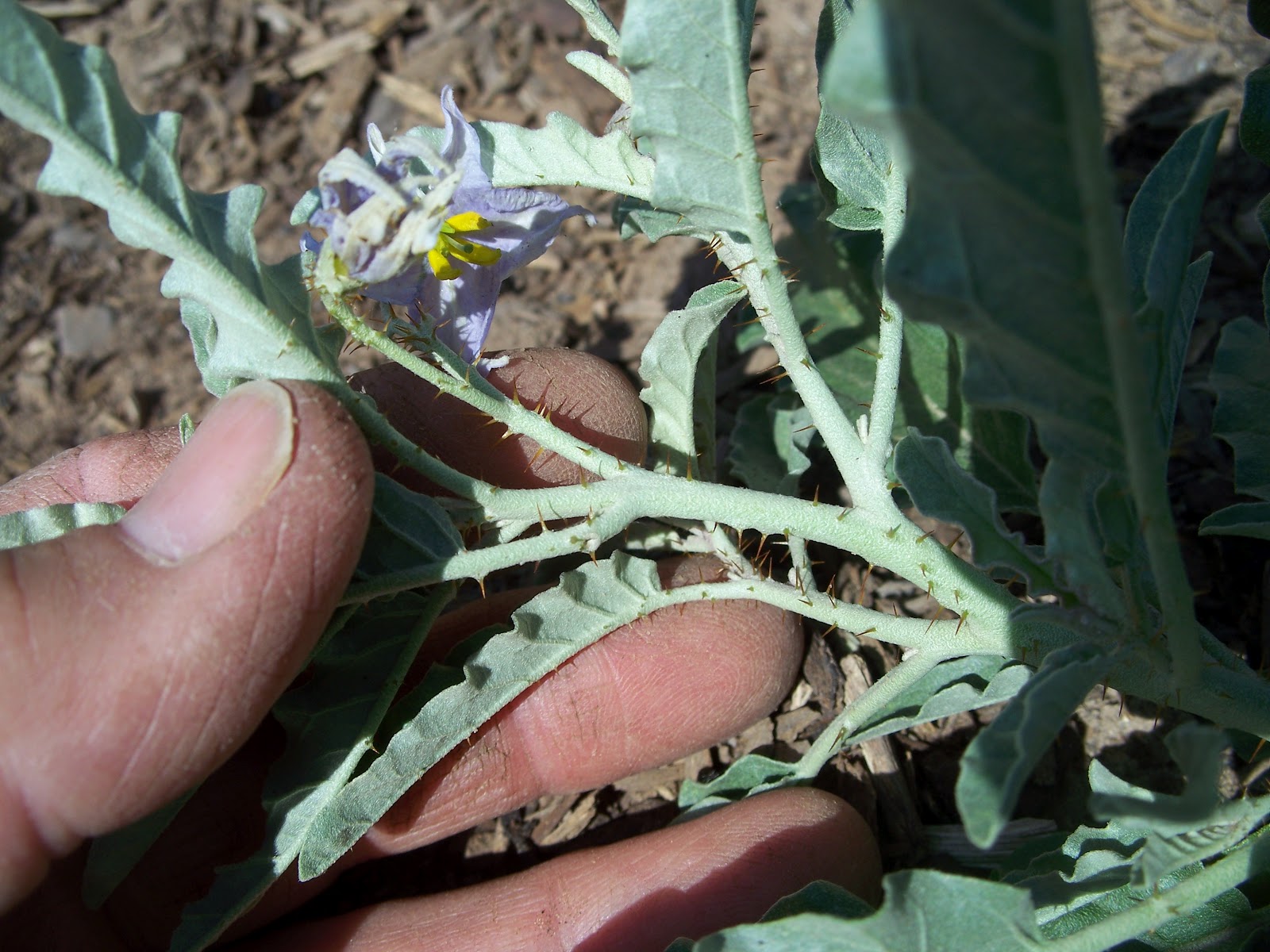



Weed Identification Silver Leaf Nightshade
Aerial parts of the plant have been used by American Indians of the southwest USA in food and clothing preparation;There are the two most common types here in Texas, either actual silverleaf nightshade, or the one as previously mentioned, carolina horsenettle To date, the best observed nonchemical methods for removal of most perennial noxious weeds/brush, is constant disturbance of its photosynthetic processSilverleaf Nightshade Navajo Drug, Eye Medicine Use documented by Elmore, Francis H, 1944, Ethnobotany of the Navajo, Sante Fe, NM School of American Research, page 75 View all documented uses for Solanum elaeagnifolium Cav
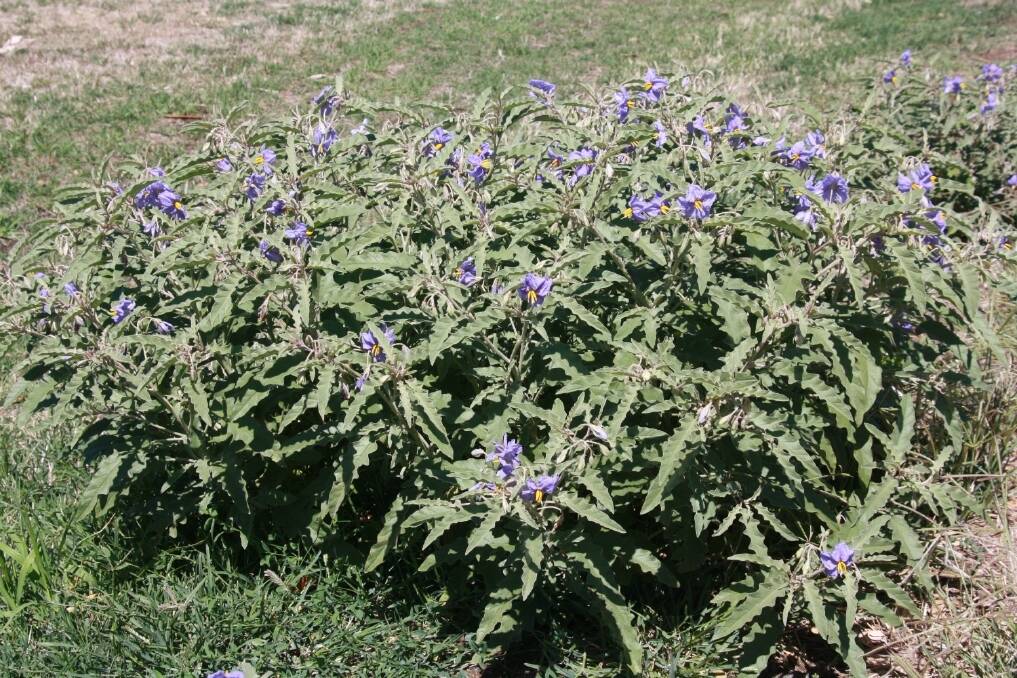



Controlling Silverleaf Nightshade Farm Online Australia
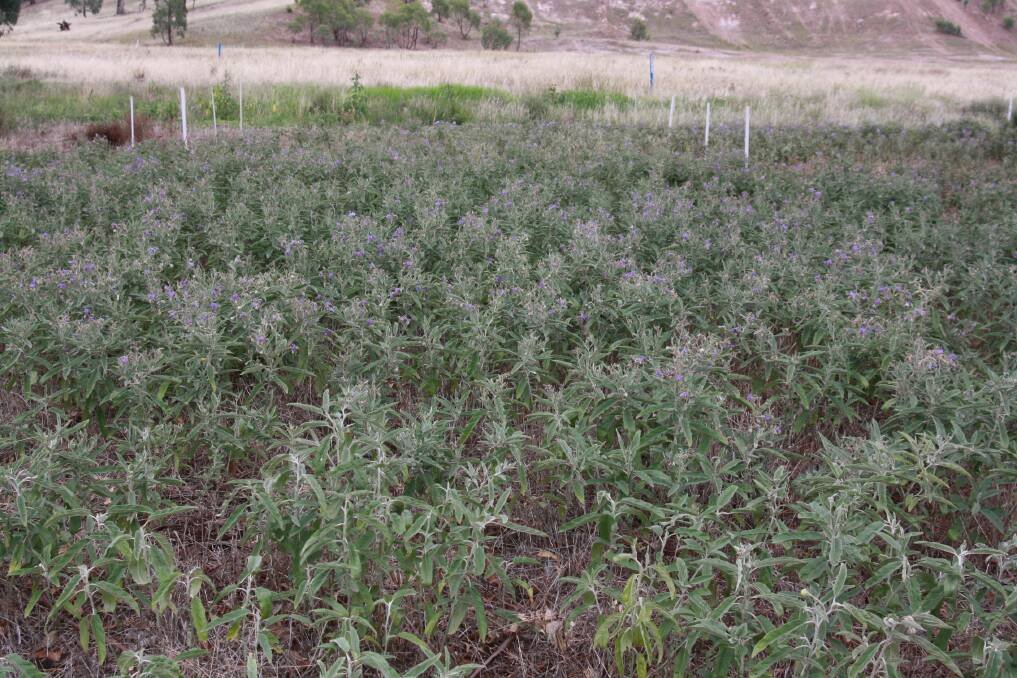



Take A Two Pronged Attack Against Silverleaf Nightshade The Land Nsw
Silverleaf nightshade (Solanum elaeagnifolium Cav) is a drought tolerant invasive weed native to the New WorldDespite its interest for common eggplant (S melongena L) breeding, up to now no success has been obtained in introgression breeding of eggplant with American Solanum speciesUsing an interspecific hybrid between common eggplant and S elaeagnifolium asThe weed status and biological control of two introduced solanaceous plant species in South Africa are reviewed Solanum elaeagnifolium Cav (silverleaf nightshade, satansbos), indigenous to the southern USA, Mexico and Argentina, is a weed of arable and pastoral land Mechanical adn herbicidal attempts at control have been largely unsuccessfulSilverleaf nightshade is a typical agronomic weed in that it (a) competes with crops;




Silverleaf Nightshade Solanum Elaeagnifolium With Stamen Stock Image F023 1717 Science Photo Library



Silverleaf Nightshade Declared Pest Agriculture And Food
The Pima tribe reportedly used the berries and seeds when making cheese, and the Kiowas used the seed in a mixture for tanning hides (Boyd et al, 1984)Keep in mind that controlling silverleaf nightshade is not a onetime job Because the plant reproduces from seed, you will need to go over your land until you get it under control and then periodically treat to eliminate new seedlings Although your results may vary, you should be able to kill about seven of every 10 plants treated Ground Broadcast Spray Method Works Best OnSilverleaf nightshade (Solanum elaeagnifolium) is a perennial weed that has become increasingly troublesome over the past several decadesExtensive use of soilapplied herbicides, accompanied by a reduction in annual weed competition and reduced tillage, have contributed to its spread and establishment as a serious pest




Silverleaf Nightshade Toxic Youtube



Silverleaf Nightshade Silver Leaf Nightshade White Horse Nettle Trompillo Tomato Weed Solanum Elaeagnifolium Cav
Silverleaf nightshade ( Solanum elaeagnifolium) is a perennial subshrub native to the American Southwest, southern states, Mexico, and South America It's a member of the Solanaceae, thus a relative of tomatoes, potatoes, tomatillos, eggplant, and tobacco, as well as weeds such as tree tobacco, black nightshade, and hairy nightshade



Silverleaf Nightshade Australian Best Practice Management Manual 18 Silverleaf Nightshade
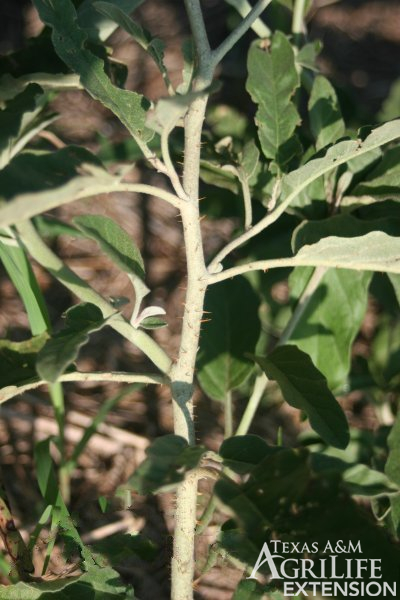



Plants Of Texas Rangelands Silverleaf Nightshade



Silverleaf Nightshade February 11 Deer Canyon Folks




Silver Nightshade Silverleaf Nightshade Solanum Elaeagnifo Flickr



Www Mla Com Au Globalassets Mla Corporate Blocks Research And Development Silver Leaf Nightshade Best Practice Management Guide Pdf




Plants Of Texas Rangelands Silverleaf Nightshade



Managing Invasive Nightshades Horsenettles In Natural Areas And Pastures Techline Invasive Plant News
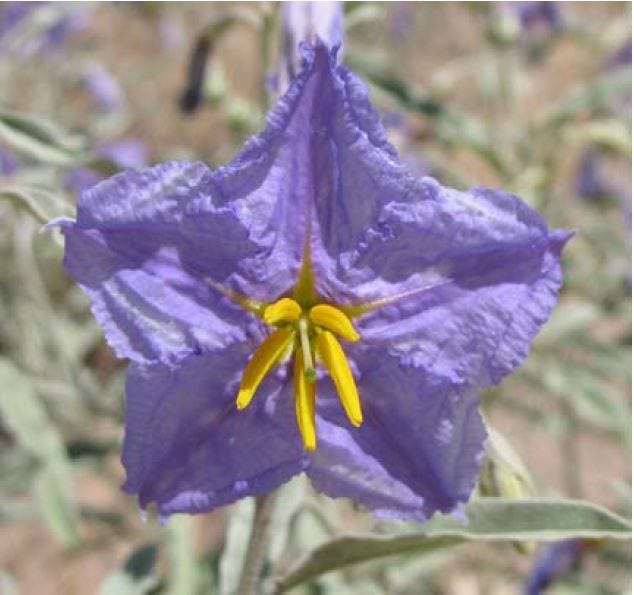



Controlling Perennial Weeds Silverleaf Nightshade And Nutsedges
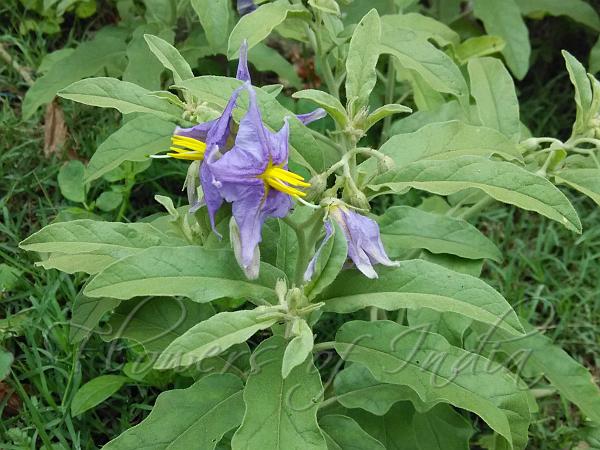



Solanum Elaeagnifolium Silverleaf Nightshade
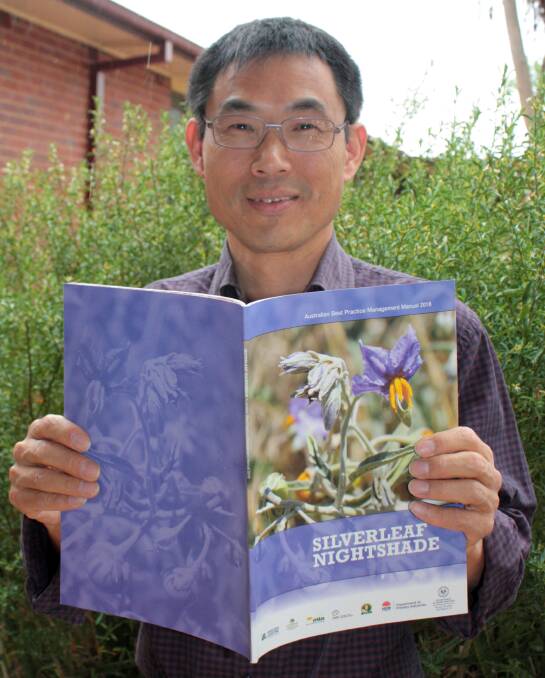



Take A Two Pronged Attack Against Silverleaf Nightshade The Land Nsw
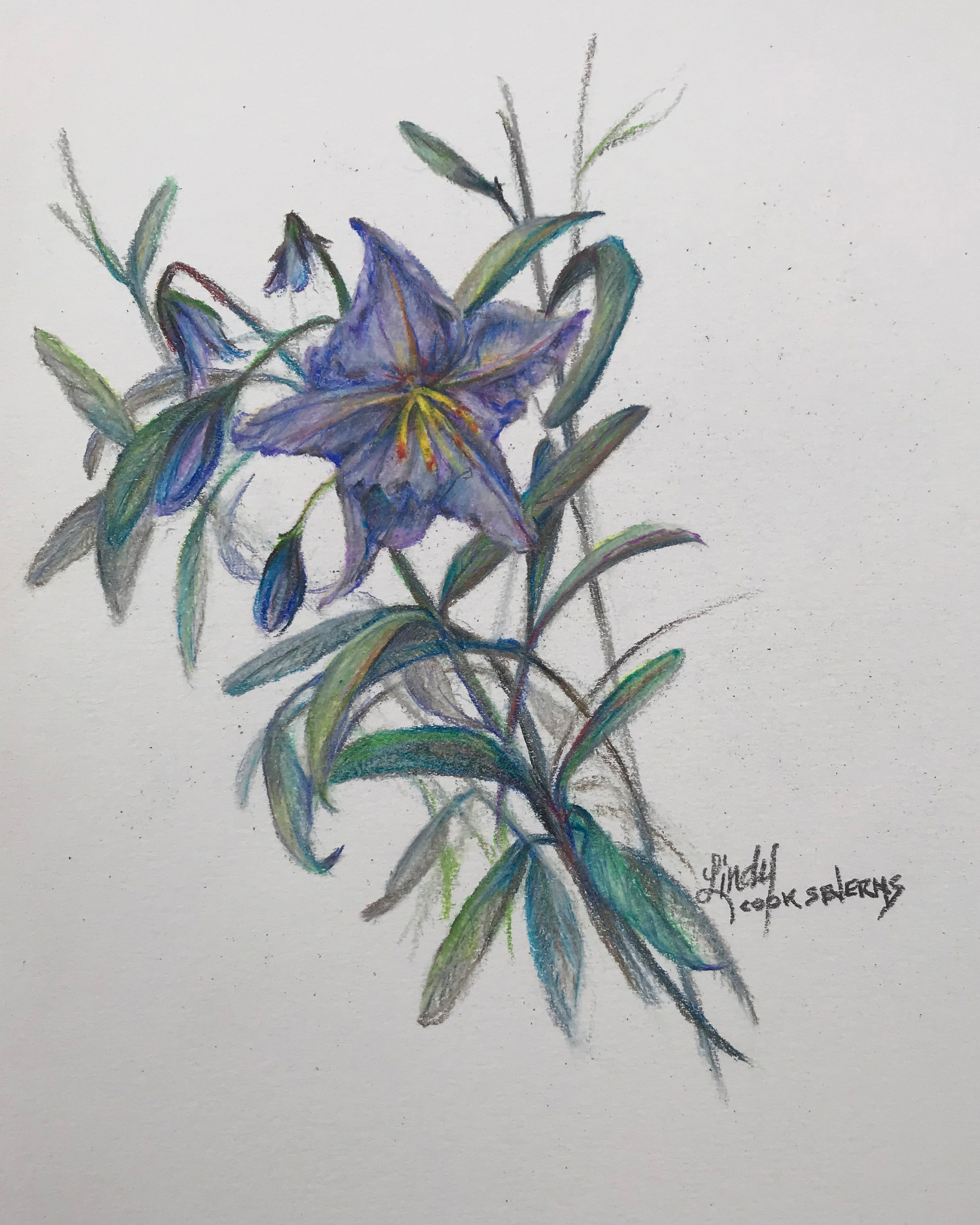



Lindy C Severns Art Shades Of Lilac Original Drawing



Solanum Elaeagnifolium Silverleaf Nightshade Native Plants Of North America



Q Tbn And9gcrsikwhntmm2hhl Na2 Zqrvsiqwxr1ybcajggq0x4 Usqp Cau
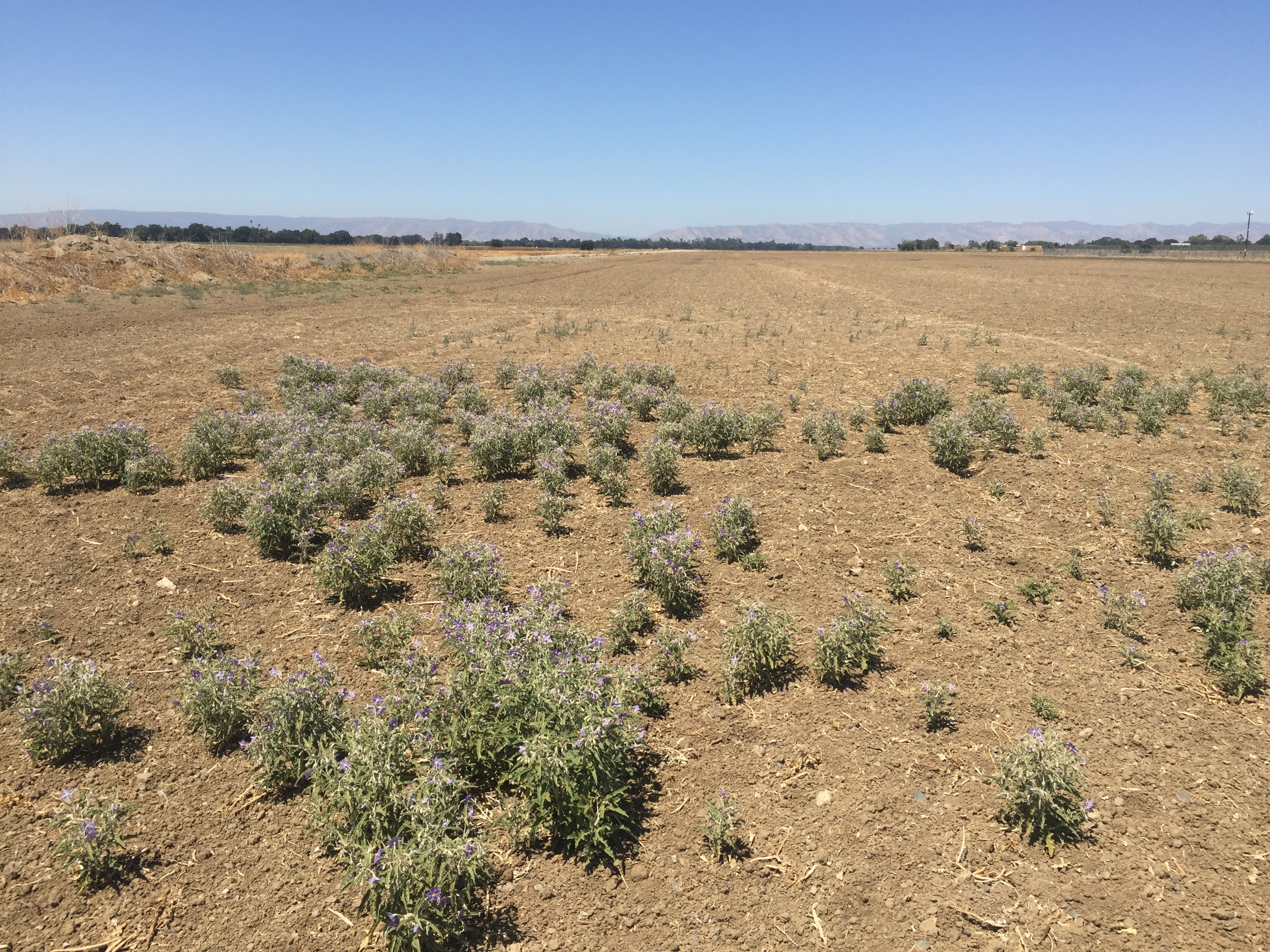



Silverleaf Nightshade Nearly Indestructible Uc Weed Science Anr Blogs



Attempting To Eradicate Silverleaf Nightshade Not Quite Attenborough




Solanaceae Nightshadefamily Solanum Elaeagnifolium 2 Sil Flickr




Large Silver Nightshade Root Satan S Apple




Solanum Elaeagnifolium Silverleaf Nightshade Silverleaf Flickr
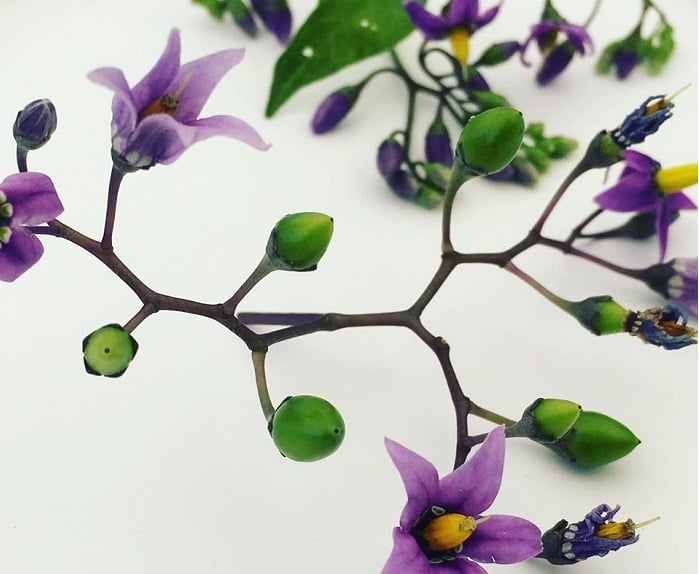



Nightshades All Around Us Coby Michael Ward




Silverleaf Nightshade Fruit Portraits Of Wildflowers
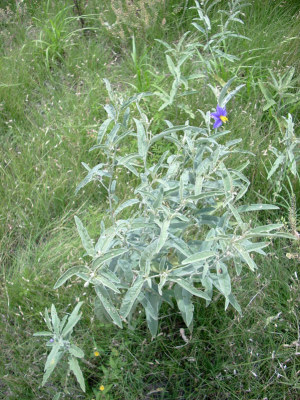



Silverleaf Nightshade




Washington State Noxious Weed Control Board




Silverleaf Nightshade Solanum Elaeagnifolium Inaturalist
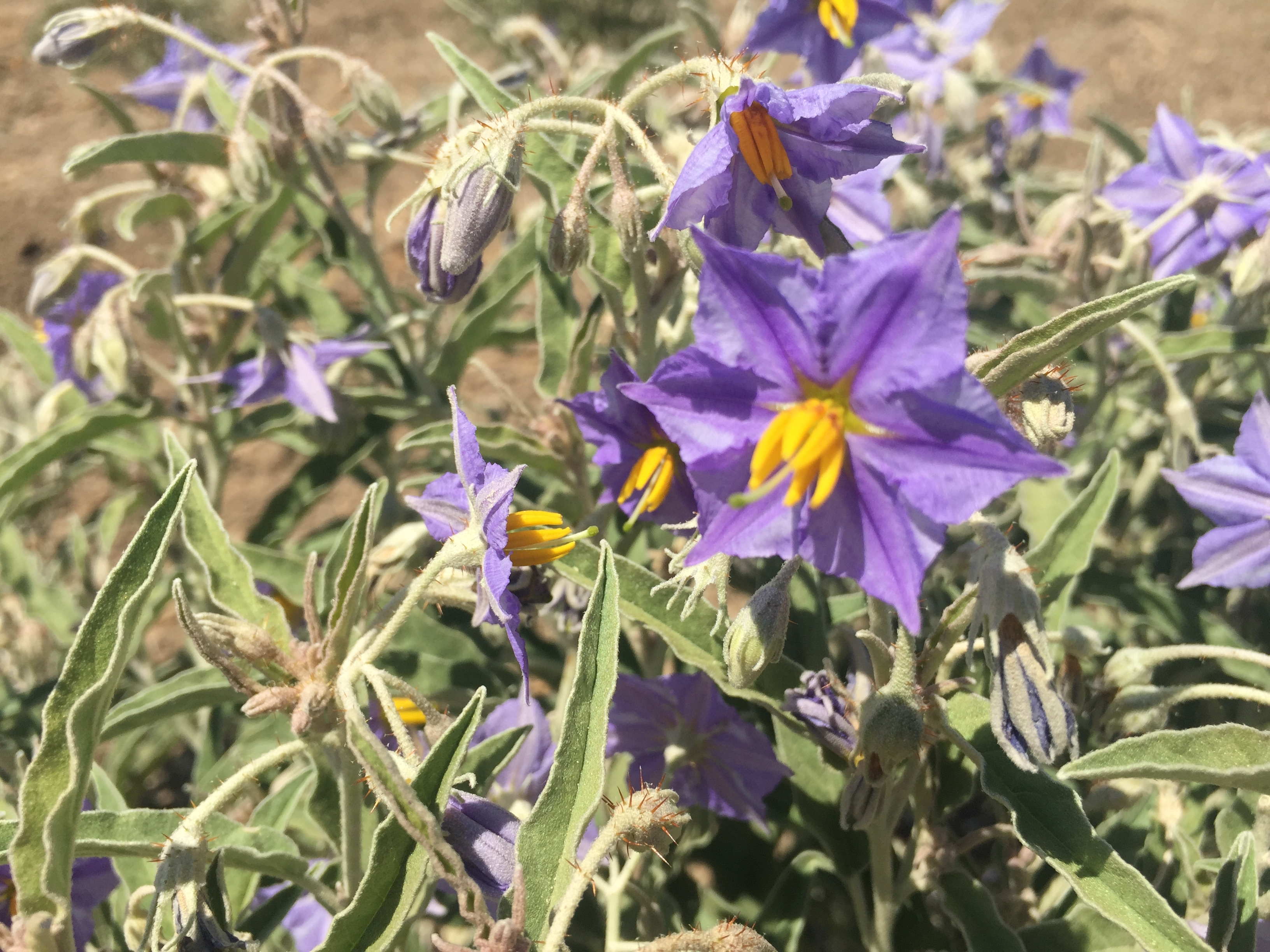



Silverleaf Nightshade Nearly Indestructible Uc Weed Science Anr Blogs
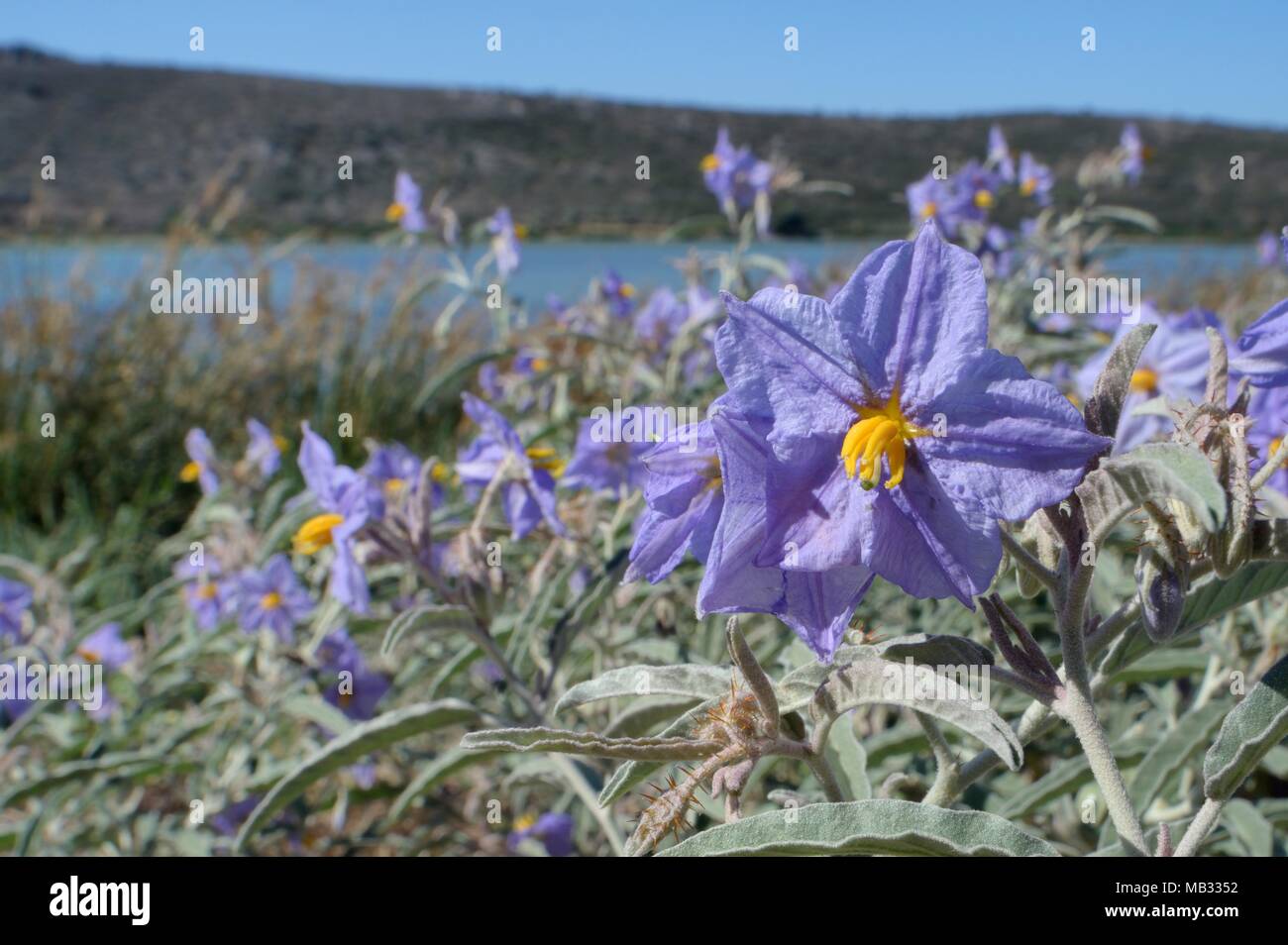



Silverleaf Nightshade Solanum Elaeagnifolium High Resolution Stock Photography And Images Alamy




Silverleaf Nightshade Can Be Beaten Weedsmart




Solanum Wikipedia



Www Pir Sa Gov Au Data Assets Pdf File 0003 Silverleaf Nightshade Australian Best Practice Management Manual 18 Pdf




Weed Identification Silver Leaf Nightshade




Silverleaf Nightshade Solanum Elaeagnifolium Inaturalist
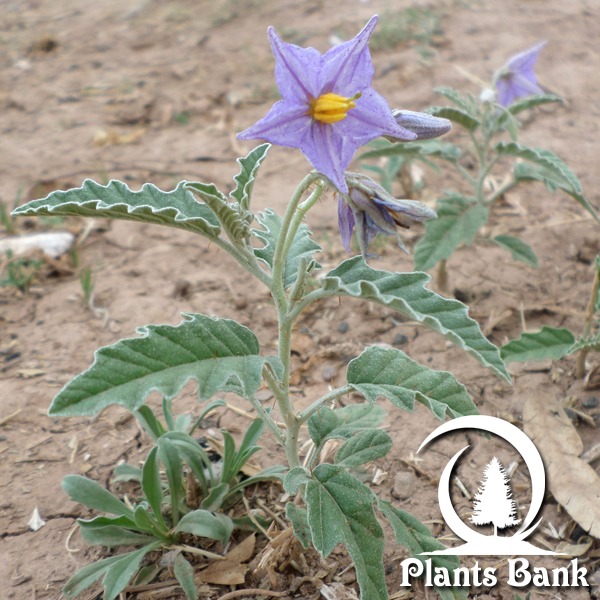



Solanum Elaeagnifolium Datasheet



Pecos Nightshade Silverleaf Solanum Elaeagnifolium



Solanum Elaeagnifolium Silverleaf Nightshade Southwest Desert Flora



Silverleaf Nightshade February 11 Deer Canyon Folks




Calphotos Solanum Elaeagnifolium Silverleaf Nightshade



Silverleaf Nightshade Silver Leaf Nightshade White Horse Nettle Trompillo Tomato Weed Solanum Elaeagnifolium Cav
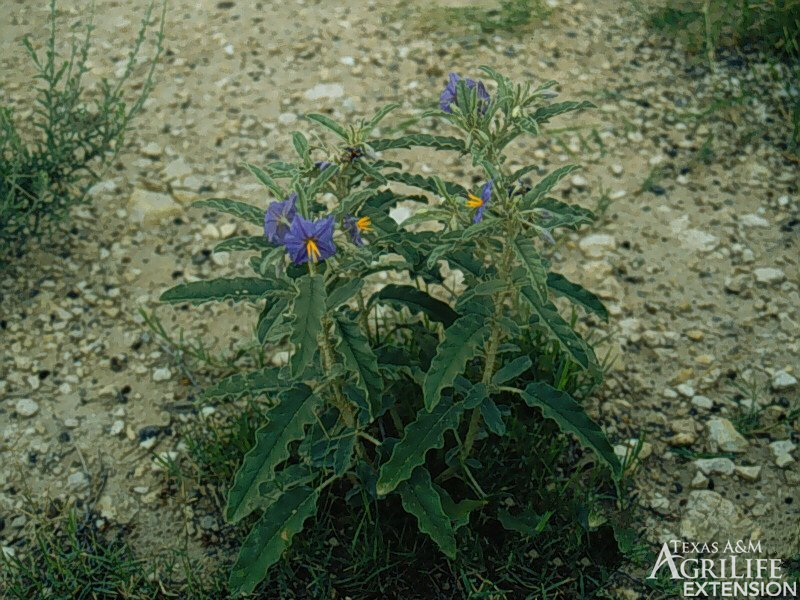



Plants Of Texas Rangelands Silverleaf Nightshade




Silverleaf Nightshade Declared Pest Agriculture And Food



1 A Silver Leaf Nightshade Solanum Elaeagnifolium Plants Produce Download Scientific Diagram




Silverleaf Nightshade Can Be Beaten Weedsmart
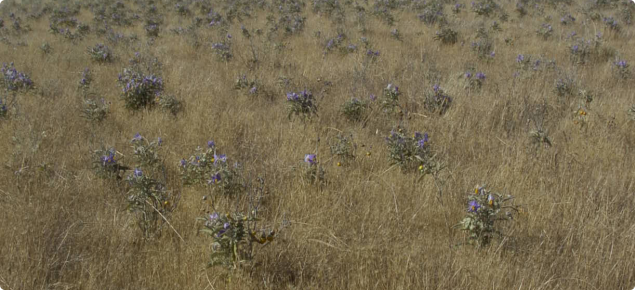



Silverleaf Nightshade Declared Pest Agriculture And Food



Silverleaf Nightshade Silver Leaf Nightshade White Horse Nettle Trompillo Tomato Weed Solanum Elaeagnifolium Cav




Draft Management Plan For Silverleaf Nightshade In Sa Gov Au



Solanum Elaeagnifolium Silverleaf Nightshade Native Plants Of North America



Silverleaf Nightshade Priority Weeds Weeds Biosecurity Agriculture Victoria




Solanum Elaeagnifolium Datasheet



Data Environment Sa Gov Au Content Publications Pests Silverleaf Nightshade Pdf
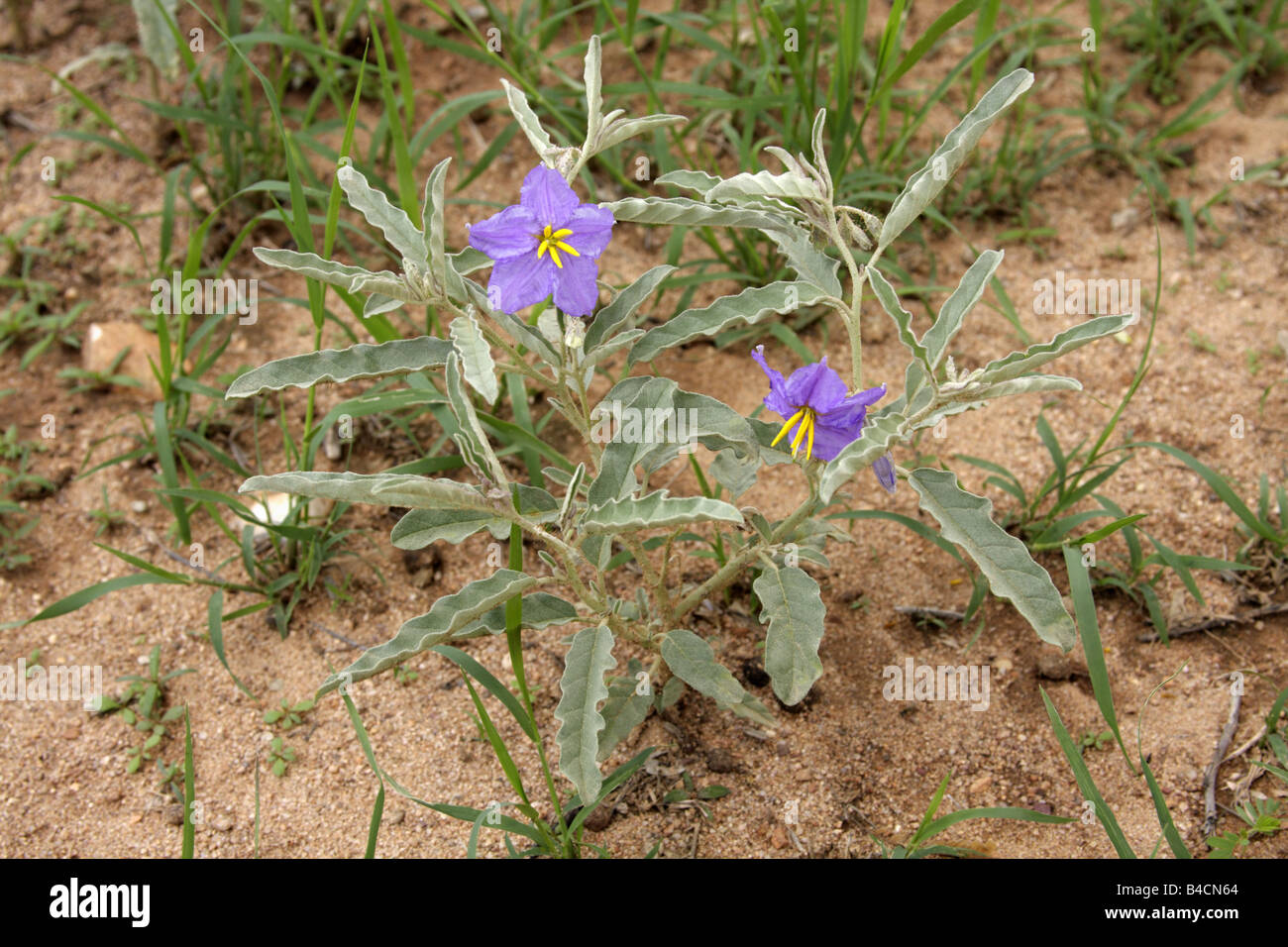



Silver Leaf Nightshade Solanum Elaeagnifolium Arizona Usa Stock Photo Alamy
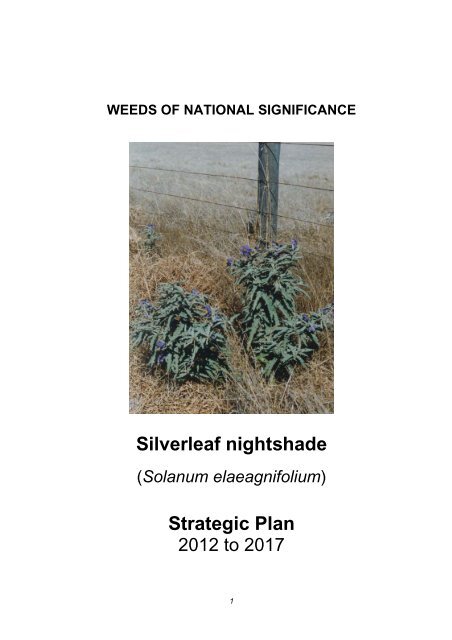



Silverleaf Nightshade Strategic Plan Weeds Australia
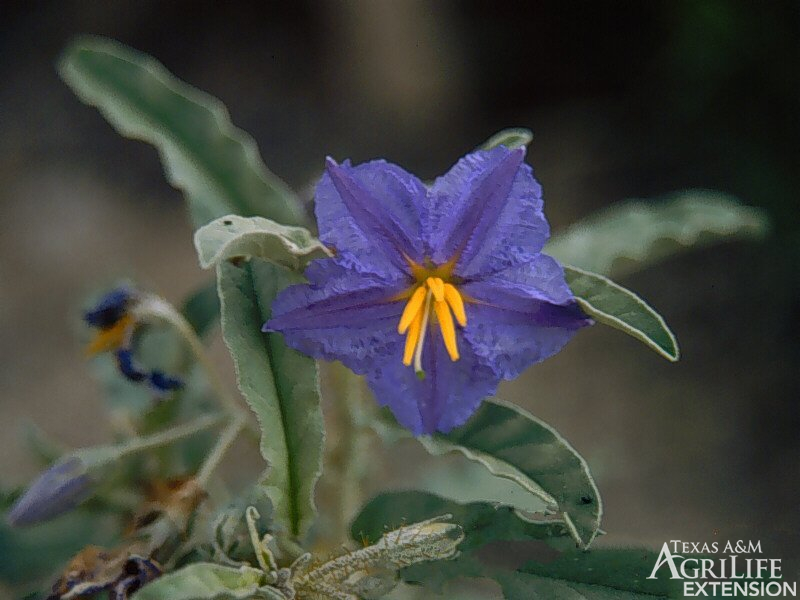



Plants Of Texas Rangelands Silverleaf Nightshade



Solanum Elaeagnifolium Silverleaf Nightshade Southwest Desert Flora



Www Pir Sa Gov Au Data Assets Pdf File 0003 Silverleaf Nightshade Australian Best Practice Management Manual 18 Pdf



Silverleaf Nightshade Flower A Round Rock Garden




Silverleaf Nightshade Solanum Elaeagnifolium Is Poisonous And Growing On Shoal Creek Austin Tx Youtube




Managing Invasive Nightshades Horsenettles In Natural Areas And Pastures Techline Invasive Plant News



1



Silverleaf Nightshade Silver Leaf Nightshade White Horse Nettle Trompillo Tomato Weed Solanum Elaeagnifolium Cav




Managing Invasive Nightshades Horsenettles In Natural Areas And Pastures Techline Invasive Plant News




Plants Of Louisiana



Silverleaf Nightshade Silver Leaf Nightshade White Horse Nettle Trompillo Tomato Weed Solanum Elaeagnifolium Cav




Silverleaf Nightshade Aggieturf




Solanum Elaeagnifolium Wikipedia
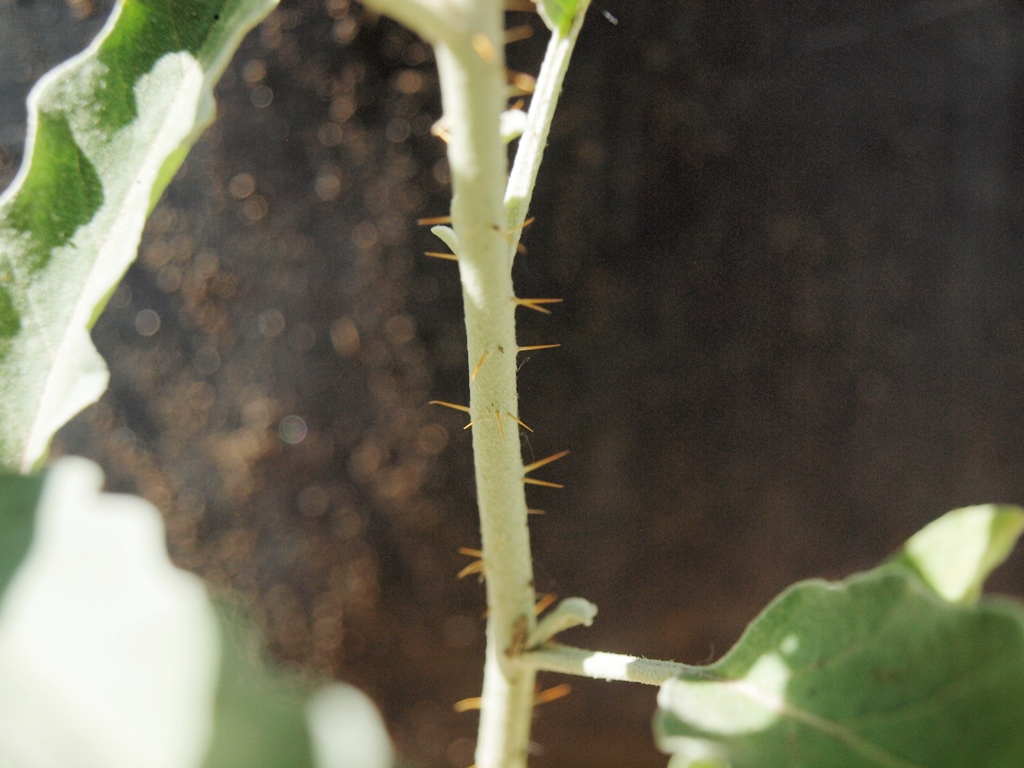



Silverleaf Nightshade The Beauty Is A Beast Southwest Gardensmith




Silverleaf Nightshade Solanum Elaeagnifolium In Galisteo B Flickr



Is It Quantity That Makes Silver Nightshade Poisonous To People Npin



Silverleaf Nightshade Nearly Indestructible Uc Weed Science Anr Blogs
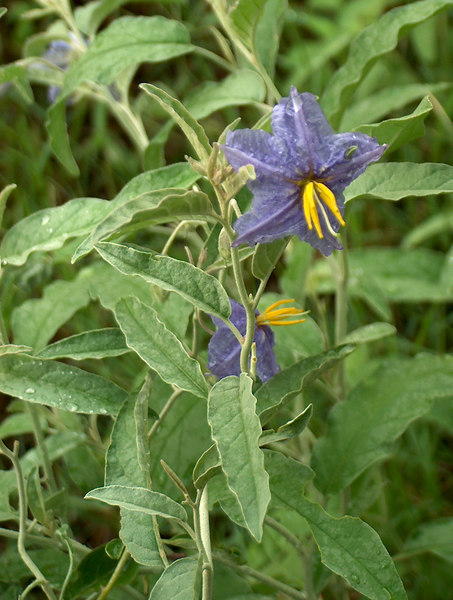



Silverleaf Nightshade A Hairy Weed Biology 4 Me
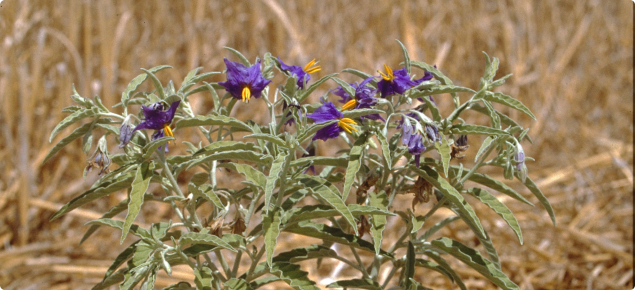



Silverleaf Nightshade Declared Pest Agriculture And Food
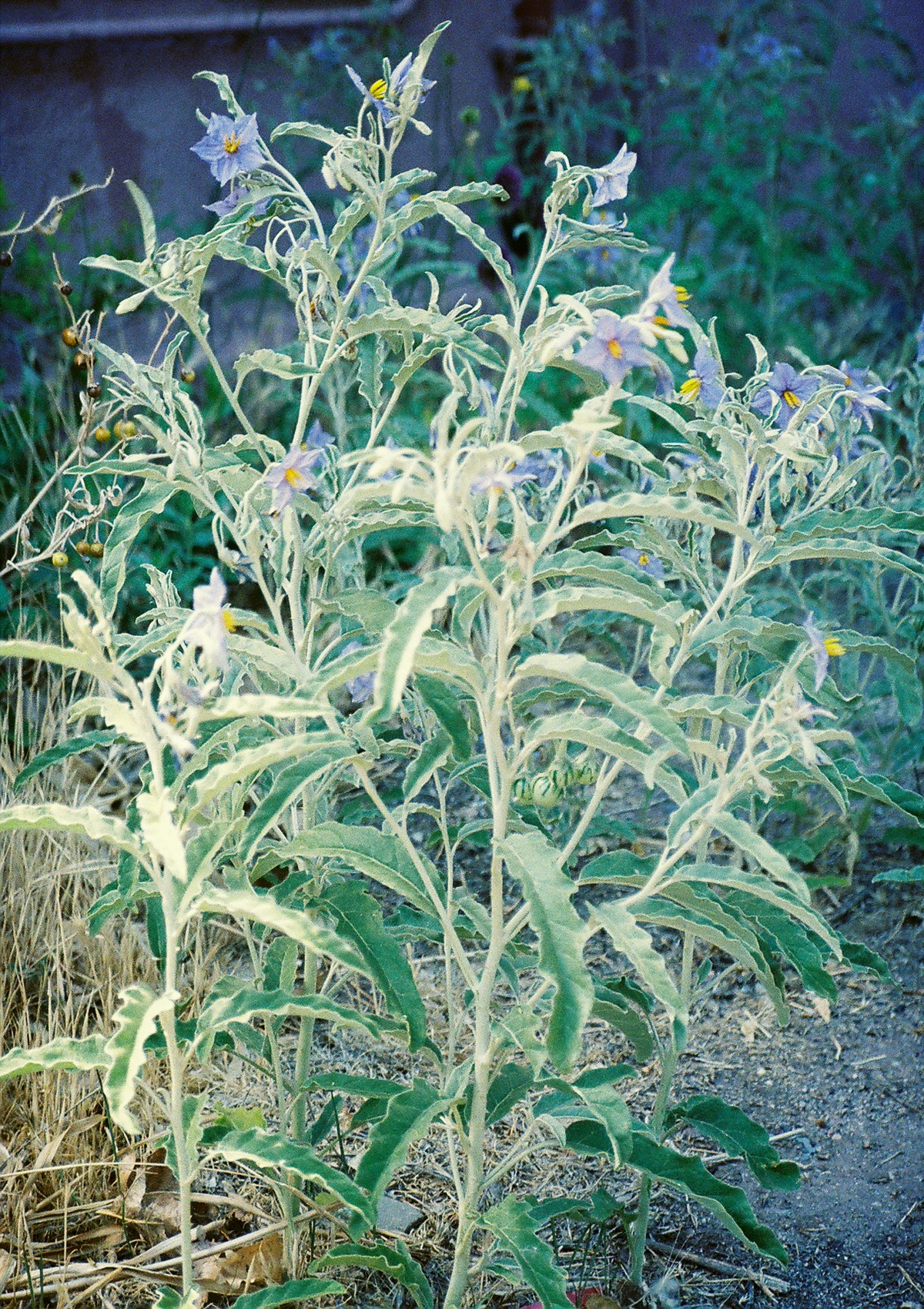



Solanum Elaeagnifolium Wikipedia



Silverleaf Nightshade Solanum Elaeagnifolium




Guide To Poisonous Plants College Of Veterinary Medicine And Biomedical Sciences Colorado State University



Solanum Elaeagnifolium Silverleaf Nightshade Southwest Desert Flora




Solanum Elaeagnifolium Wikipedia




Silverleaf Nightshade Solanum Elaeagnifolium Garden Org




Solanum Species Bull Nettle Devil S Tomato Olive Leaf Nightshade Silverleaf Nightshade Solanum Elaeagnifolium



Http Www Deercanyonfolks Org Solanum Elaeagnifolium 2 11 Pdf
コメント
コメントを投稿